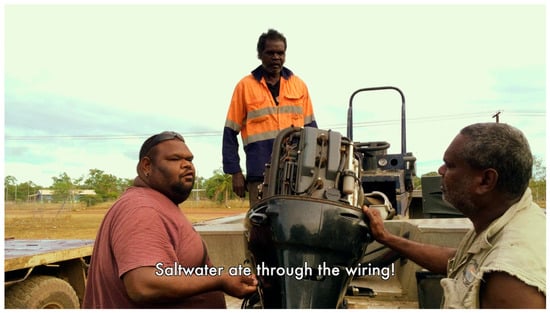- Article
Raphael’s Sistine Madonna as a System of Visual Engineering
- Aleksandra Pelikhovska
This study proposes a structural method for analyzing Raphael Sanzio’s Sistine Madonna through the constructive modeling of visual impact. Such an approach makes it possible to connect the internal logic of the painting’s conception with the historical circumstances of its creation as a papal commission for Julius II, clarifying those compositional decisions that appear unique and uncharacteristic for Raphael’s usual manner. The term visual engineering is employed to designate a structural approach that shifts attention from traditional iconographic interpretation to the underlying constructive logic of the image—the principles by which Raphael organizes space, atmosphere, and light into a unified perceptual system. The aim of the study is to reveal how these interdependent mechanisms generate clarity of spatial hierarchy and integrate architectural, luminous, and symbolic functions within a coherent mode of perception. In this sense, the Sistine Madonna emerges as a deliberately constructed environment of vision, in which pictorial form and theological meaning operate as inseparable components of a single Renaissance act of artistic thought.
6 January 2026







